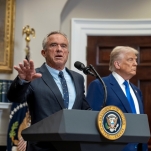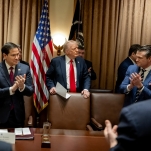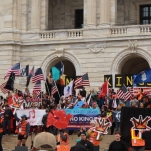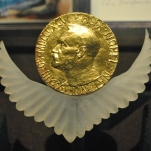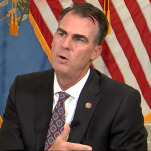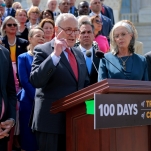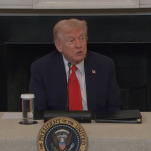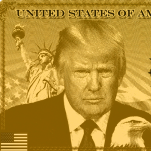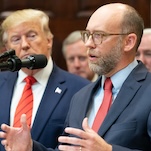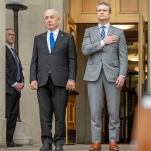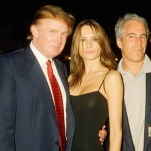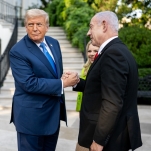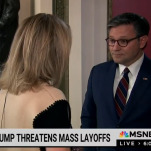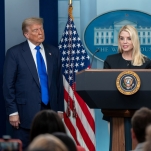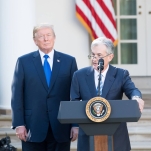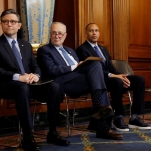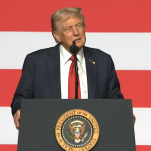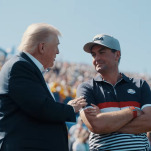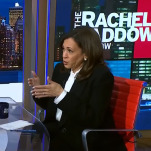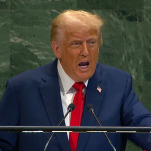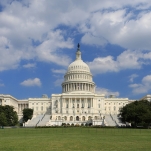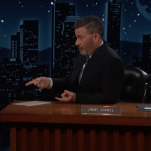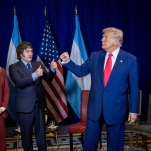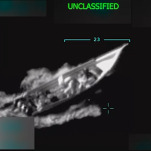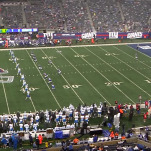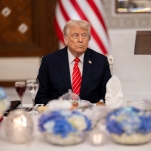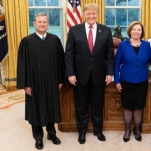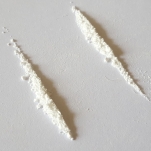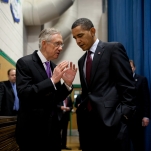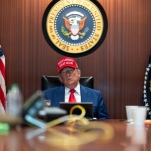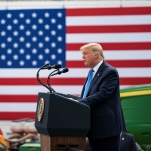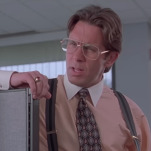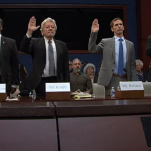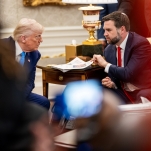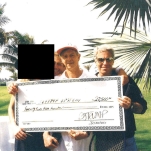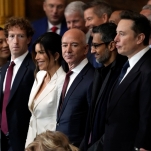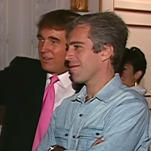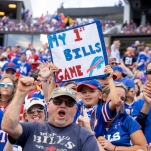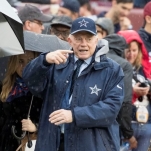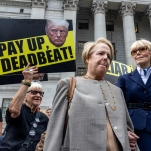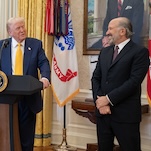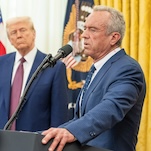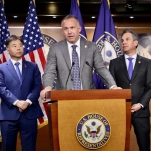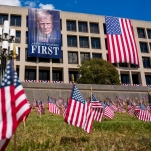Why the Sacajawea dollar coin was such an epic failure—and why the Tubman $20 will be better
The U.S. Treasury Department announced last week that Harriet Tubman will replace Andrew Jackson on the front of the $20 bill. The $5 and the $10 will also see some changes: Lincoln’s face will remain on the front of the $5, but the back will feature Martin Luther King, Jr., Eleanor Roosevelt, and Marian Anderson. Hamilton will remain the face of the $10, but the back of the bill will feature notable members of the women’s suffrage movement: Sojourner Truth, Susan B. Anthony, Lucretia Mott, Elizabeth Cady Stanton, and Alice Paul.
This isn’t the first time women have been placed on American money—technically, it’s the fifth (and sixth and seventh). Martha Washington was on the $1 bill in 1886 and Pocahontas was on the $20 from 1865 to 1869. Much later, Susan B. Anthony’s face was featured on the dollar coin from 1979–1981, and pulled out of circulation in 1999. Sacajawea replaced her for some time in the early aughts.
Susan B. Anthony will reprise her role on money. Martha Washington is our foremother, and Pocohontas, for better or worse, has been well memorialized by Disney.
Sacajawea, on the other hand, appears to have lost her shot. This is the story of how what might have been a substantive effort to honor a Native American woman turned into an embarrassing blip in our monetary history.
Sacajawea seemed like the perfect woman to honor on the American dollar. The Shoshone Indian helped guide Lewis and Clark during their journey west in 1804. Before then, as a child, she was kidnapped, sold into slavery and eventually forced to marry French-Canadian fur trader Toussaint Charbonneau. She died at 25. During her short, tragic life she, according to the Mint, prevented the famed explorers from being killed or starting a war:
[At 15] She provided crucial knowledge of the topography of some of the most rugged country of North America and taught the explorers how to find edible roots and plants previously unknown to European-Americans… most crucially, however, Sacajawea and her infant served as a “white flag” of peace for the expedition, which was as much a military expedition as a scientific one. They entered potentially hostile territory well armed but undermanned compared to the Native American tribes they met… Sacagawea often served as the translator. Not a single member of the party was lost to hostile action.
In other words, we owe her.
In 1998, the U.S. Mint started the process of selecting a new coin design to replace the Susan B. Anthony dollar. A team of expert consultants, plus “120,000 emails and 2,000 letters and faxes” helped the Mint decide that Sacajawea should be the new face of the dollar coin. In 1999, the Mint revealed the new design.
In 2000, the U.S. Mint started to advertise the golden dollar as a timely replacement for the paper bill depicting George Washington. In a TV commercial, we see Washington’s face, superimposed on Michael Keaton’s body, enjoying his retirement. It’s weird.
“OK, so I’m not on the new golden dollar coin,” Keaton as Washington says, “that’s cool with me.” He adds, “the new coin is perfectly all right without me. In fact, I use it everywhere. It’s so money.”-

-

-

-

-

-

-

-

-

-

-

-

-

-

-

-

-

-

-

-

-

-

-

-

-

-

-

-

-

-

-

-

-

-

-

-

-

-

-

-

-

-

-

-

-

-

-

-

-

-

-

-

-

-

-

-

-

-

-

-

-

-

-

-

-

-

-

-

-

-

-

-

-

-

-

-

-

-

-

-

-

-

-

-

-

-

-

-

-

-

-

-

-

-

-

-

-

-

-

-

-

-

-

-

-

-

-

-

